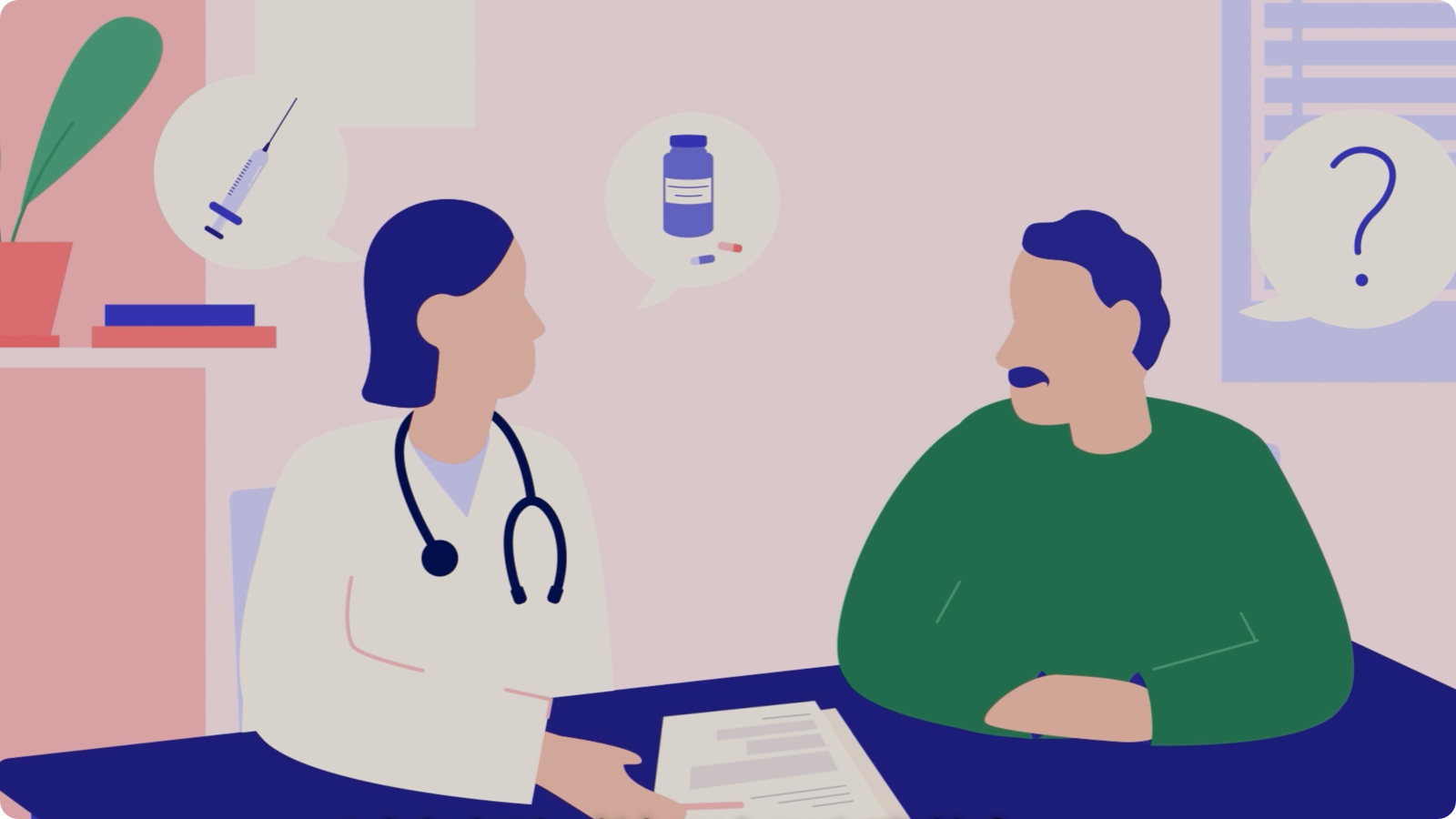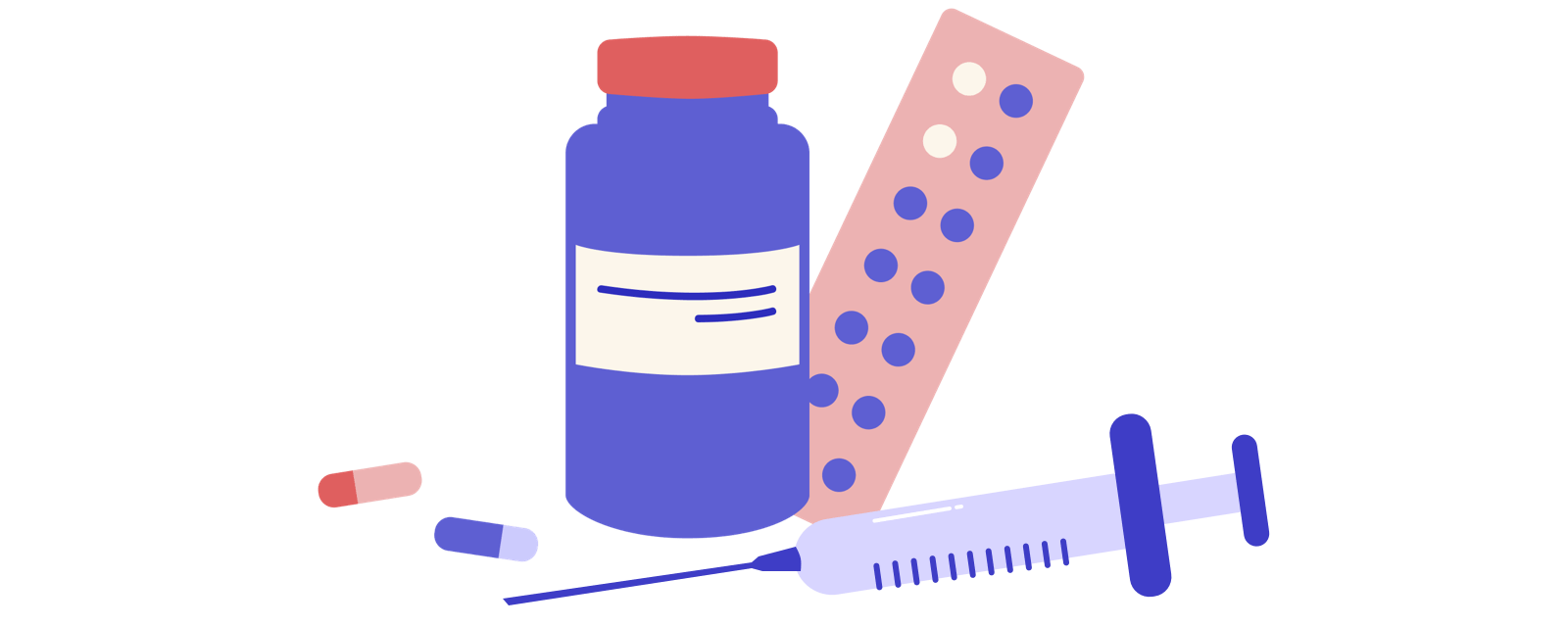DVT and PE treatments
If you – or someone you know – has a deep vein thrombosis (DVT) or pulmonary embolism (PE), you will probably have been prescribed treatment by your doctor. If you have any questions about your treatment you should ask your doctor for more information.
These conditions are potentially serious, but there are several different treatments available. Your doctor will generally discuss these with you and will try to find the one that is most suitable for you. DVT and PE medications can have unwanted effects. If this happens, you should speak to your doctor or healthcare team straightaway, as they can give you the right advice about what to do.


